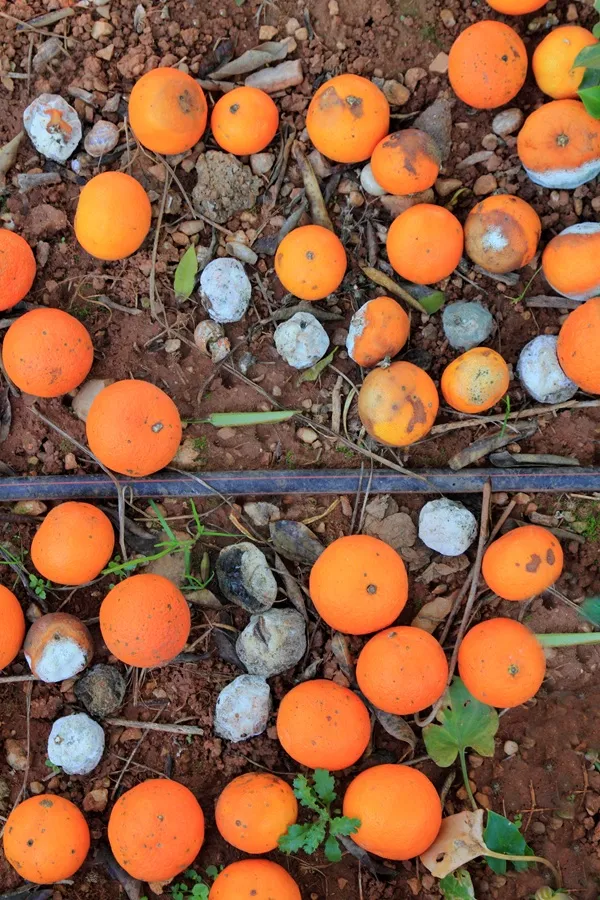Table of Contents
Pearl Millet (Bajra): The Resilient Ancient Grain Shaping Global Food Security
From African Savannahs to Global Superfood – A Comprehensive Guide
Introduction
Pearl millet (Pennisetum glaucum), known as bajra in India, is a drought-tolerant cereal grain that has nourished civilizations for over 4,500 years. Native to the Sahel region of Africa, it thrives in arid climates and poor soils, making it a lifeline for millions. Today, it’s celebrated as a gluten-free superfood and a climate-smart crop, bridging nutrition and sustainability.
Evolution & Domestication
- Origin: Domesticated ~2500 BCE in West Africa (modern-day Mali).
- Spread: Migrated to India via trade routes 3,000 years ago; now grown in 30+ countries.
- Genetic Diversity: Over 140 wild relatives contribute to its resilience.
Global Varieties
| Variety | Region | Traits |
|---|---|---|
| ICTP 8203 | India, Africa | High drought tolerance, pest resistance |
| Okashana 1 | Namibia | Early maturity (75 days), high yield |
| HHB 67 | India | Hybrid, rich in iron and zinc |
| SOSAT C88 | West Africa | Compact panicles, bird resistance |
Genetic Modification & Breeding
- Hybrid Development: ICRISAT (International Crops Research Institute for the Semi-Arid Tropics) leads in creating biofortified varieties (e.g., Dhanashakti, iron-rich).
- CRISPR Trials: Enhancing disease resistance and nutrient profiles.
- Non-GMO Focus: Most improvements via traditional cross-breeding.
Sensory Profile
- Taste: Earthy, nutty, slightly sweet.
- Texture: Coarse when whole; fine flour mimics wheat.
- Flavor Pairings: Complements jaggery, coconut, chili, and leafy greens.
Nutrition & Health Benefits
- Glycemic Index (GI): Low (55-70), ideal for diabetics.
- Gluten-Free: Safe for celiac disease.
- Key Nutrients:
- Iron (16% DV per 100g), magnesium, phosphorus.
- 8x more fiber than rice.
- Health Perks:
- Reduces cholesterol, aids digestion.
- Anti-inflammatory properties.
Cultivation & Farming
- Climate: Thrives in 25–30°C, <500mm rainfall.
- Soil: Sandy, well-drained soils; pH 5.5–7.5.
- Top Producers:
- India (8.5M tons/year, Rajasthan, Gujarat).
- Nigeria (5M tons).
- Niger, Sudan, China.
- Challenges: Birds, downy mildew, erratic monsoons.
Culinary & Industrial Uses
Food Applications:
- Traditional: Rotis (India), couscous (Africa), porridge (Oshifima in Namibia).
- Modern: Gluten-free bread, cakes, pasta, tacos, and health bars.
- Global Fusion: Bajra salads, soups, and vegan burgers.
Brewing & Distilling:
- Beer: Traditional African brews (e.g., Dolo in Burkina Faso).
- Whisky: Experimental craft distilleries in India and the U.S. use bajra for unique malty notes.
By-Products:
- Animal Feed: Stalks and husks.
- Biofuel: Ethanol production in drought-prone regions.
Global Trade & Economy
- Exporters: India, Sudan, Niger.
- Importers: UAE, Saudi Arabia (for livestock feed), EU (health foods).
- Market Outlook: CAGR of 4.8% (2023–2030) driven by gluten-free demand.
Climate Resilience & Sustainability
- Water Usage: Requires 70% less water than wheat.
- Carbon Footprint: Low-input farming reduces emissions.
- Climate Adaptation: Key crop for FAO’s “Climate-Smart Agriculture” initiatives.
Spoilage & Food Waste Challenges
- Pests: Weevils, grain borers.
- Fungal Threats: Aflatoxins in humid storage.
- Prevention: Hermetic storage bags, neem leaf treatment.
- Post-Harvest Losses: ~15% in developing nations due to poor infrastructure.
Humanitarian Role & Donors
- Food Aid: Staple in WFP (World Food Programme) rations for Sahel famine relief.
- Major Donors: Gates Foundation (funds biofortification), ICRISAT, FAO.
Future OutlookResearch Focus: Enhancing yield (currently 1 ton/hectare vs. wheat’s 3.5 tons).
- Policy Push: India’s Millet Mission promotes bajra as a “nutri-cereal.”
- Consumer Trends: Rising demand in vegan, paleo, and keto diets.
Conclusion
Pearl millet is more than a grain – it’s a symbol of resilience, bridging ancient wisdom and modern science. As climate change intensifies, bajra’s role in global food security will only grow, offering a sustainable, nutritious lifeline for billions.
From farm to fork, bajra proves that the future of food lies in honoring the past. 🌾🌍
Explore Recipes: Try bajra khichdi, millet tacos, or bake a gluten-free loaf – the possibilities are endless!









